Main types of metal machining operations
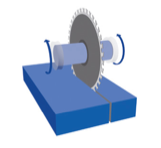
SAWING
This is a basic swarf-generating process by means of a disc or blade with a series of teeth on one edge.
Sawing is normally used to separate a workpiece into two or more parts. There are circular, band and reciprocating saws.

BROACHING
This a machining process in which the cutting tool moves through a hole along the surface for the gradual removal of material required.
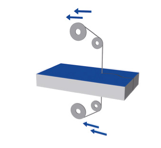
ELECTRICAL DISCHARGE MACHINING (EDM)
The EDM process consists of producing an electric arc between the workpiece and an electrode placed in a dielectric medium in order to remove particles from the workpiece until the shapes of the electrode are reproduced on it.
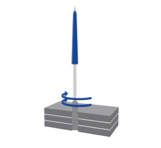
REAMING
Reaming is a machining operation carried out to achieve a fine and very precise surface finish on holes that have previously been drilled to a slightly smaller diameter.
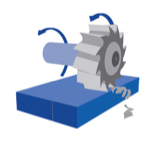
MILLING
Milling is characterized by a machining process performed by a rotary tool with multiple cutting points (carbide-tipped teeth) that advances in any direction of the three possible axes.

HONING
The honing process is a surface finishing operation. It is characterised by its low speed and fine surface finish. There are other polishing processes that use stones (lapping) or abrasive strips (tape polishing).
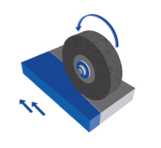
GRINDING
This is a process by which small metal particles are removed from the surface of the workpiece by means of an abrasive wheel. The grain size of the grinding wheel depends on the amount of material to be removed and the surface finish required.

THREADING
This operation consists of internal (nuts) or external (screws) helical machining on a cylindrical surface.

DRILLING
This is a machining process where a helical tool advances and rotates to make a hole. The cutting point is located at the tip of the drill bit, while the helical flutes allow the coolant to reach the cutting area and, in turn, the swarf to leave the hole.
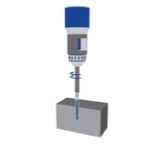
DEEP HOLE DRILLING
During deep hole drilling, the lubricant passes through a hole in the centre of the drill bit under high pressure. A second hole in the drill bit removes the swarf and the cutting oil is conveyed to the filtering tank.
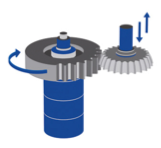
GEAR CUTTING
This is a multi-stage machining process in which the gear teeth are gradually created by means of a helical tool.
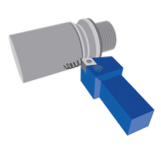
TURNING
Turning is defined as a series of machining operations that take place on a workpiece located on a revolving axis.
